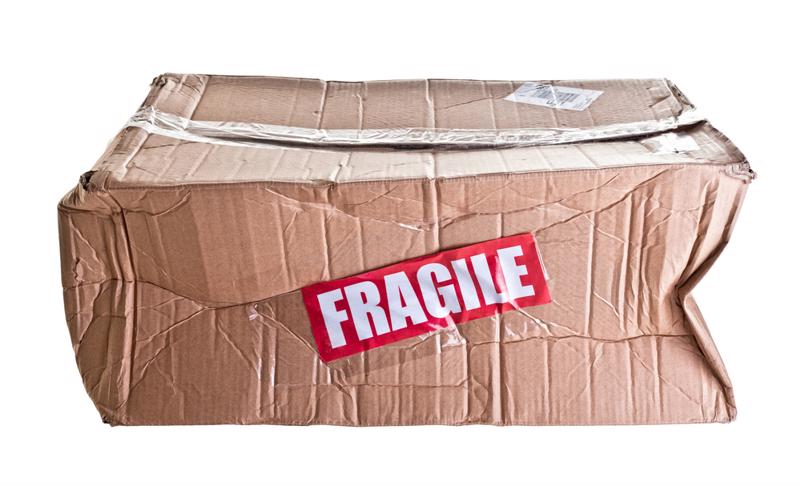
Tackling the Marketing category from a sourcing standpoint can be challenging; but with the right mindset and approach, you can deliver value and maximize your company’s Marketing investments. This post serves as an introduction to a series that will present best practices when sourcing the Marketing category.
Whether you are a Marketing or Sourcing professional, you
may be tasked with developing a strategic roadmap to optimize your company’s
Marketing budget. The best starting point is to gather as much intel available
that will give you visibility into past and future spend levels. Looking at historical
Marketing spend will only get you so far. A portion of spend, such as
promotional items, may be considered recurring, but there is likely an overall
shift from year to year. Budgets and active contracts will need to be collected
along with qualitative information. Qualitative information may come in the
form of new business requirements that need to be fulfilled in both the short
and long term, feedback on incumbent agencies’ performance, and/or active sourcing
and negotiation efforts. To gather this qualitative information, you will need
to build relationships with stakeholders, conduct supplier
interviews, and perform independent market research. Overall, there are
multiple touchpoints with various parties and once you’ve completed this data
collection process, you will be able to begin shaping a roadmap to achieve your
company’s goals; but data collection is only the starting point. In our next
post, we will dive deeper into this initial phase and share a “category tree”
example that can be applied when aggregating and interpreting quantitative and qualitative data.
Next up comes strategy development based on initial findings. Your sourcing strategies will depend on timing of contract
renewals/expirations, new product lines/launches, plus various other
considerations. The roadmap will consist of strategies ranging in complexity,
but all having a similar objective: establishing a long-term supplier partner
capable of delivering value and operating as a true extension of a brand team.
The path to forming these supplier relationships takes time and consistent collaboration,
flexibility and engagement from all participants. Strategies can potentially be
classified into 4 distinct buckets: quick win opportunities (e.g. negotiate
contract renewal), immediate Marketing group need (e.g. conduct agency review
for rebranding effort), Marketing Sourcing objective (e.g. implement single AOR
model), and future-state Marketing strategy (e.g. develop in house design
agency). Within this series, we will elaborate on Marketing sourcing strategies,
calling out common themes/indicators for each and sharing success stories.
This series will aim to capture best practices as they relate to:
- Analyzing marketing spend and budgets and establishing a “category tree”
- Marketing sourcing strategies ranging from tactical SOW renewals to strategic agency reviews
- Case studies outlining Marketing sourcing in action
- Trends in the Marketing space that could very well change the short and long term landscape
























